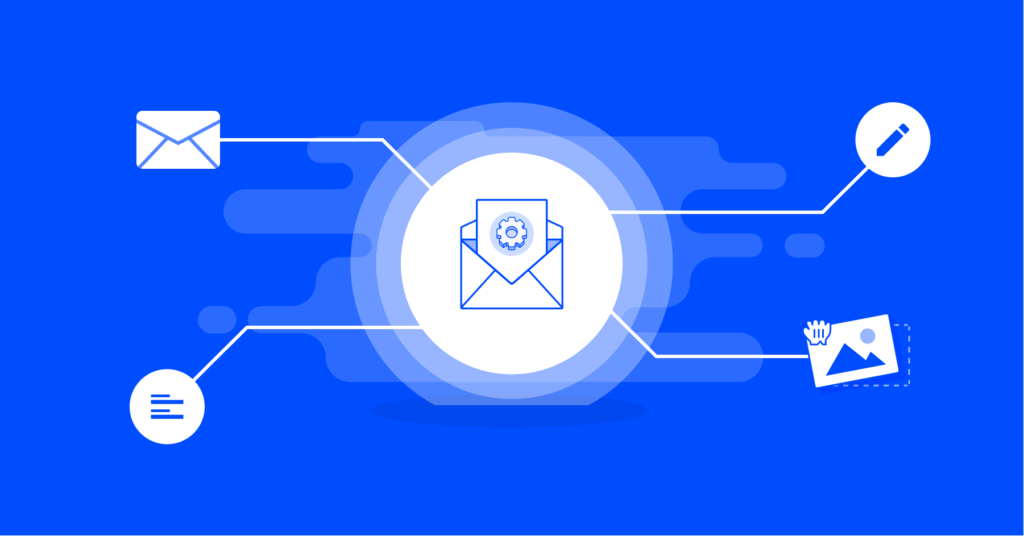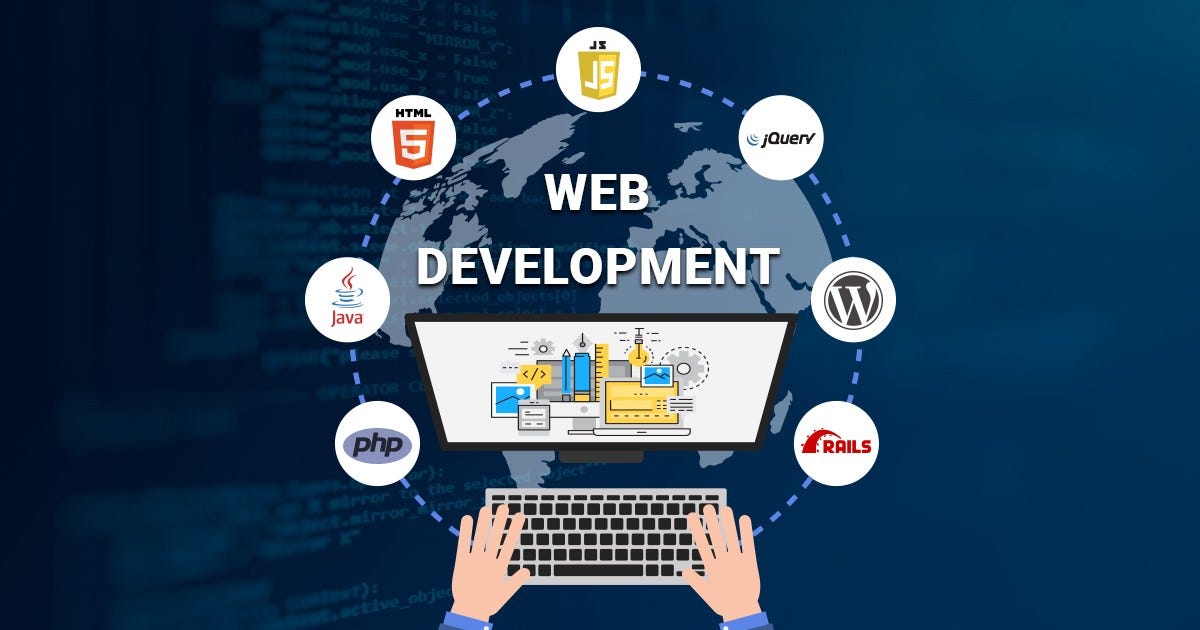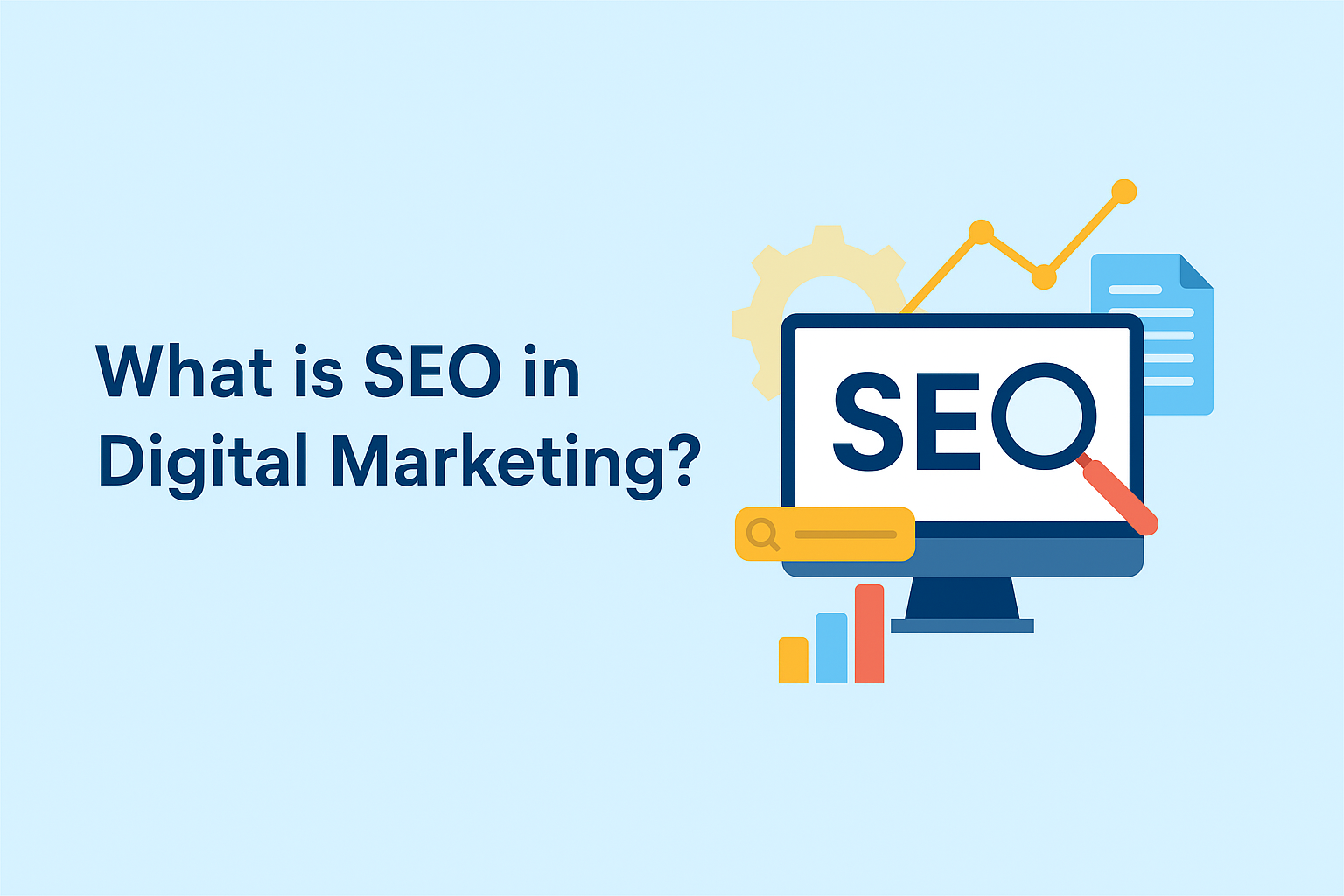Email marketing is a form of digital marketing that involves sending emails to a targeted list of recipients with the goal of promoting products, sharing valuable content, nurturing relationships, and encouraging customer loyalty. It is one of the most effective and direct methods of communication between businesses and consumers. The strategy centers around delivering tailored, relevant messages directly to a user’s inbox, often prompting action and driving measurable results.
Historical Evolution
The journey of email marketing began shortly after the invention of email in the 1970s. As internet usage grew in the 1990s and 2000s, businesses realized the potential of email as a scalable marketing tool. Over time, the practice evolved from generic bulk emails to highly personalized campaigns powered by data, automation, and analytics. Today, it’s an indispensable element in any comprehensive digital marketing plan, driven by both technology and strategy.
Current Relevance in Digital Marketing
In a digital landscape saturated with noise, email marketing provides a reliable way to cut through the clutter. With over 4 billion global email users, businesses can engage directly with their audience without the interference of algorithms seen on social media. As a cost-efficient method with a strong ROI, it remains relevant and necessary for long-term marketing success. Modern email marketing experts use sophisticated tools and segmentation strategies to refine messaging and increase effectiveness.

Core Components of Email Marketing
A. Types of Email Campaigns
There are various types of email marketing campaigns, each serving a unique purpose. Welcome emails introduce new subscribers to your brand. Promotional emails highlight special offers or new products. Newsletters deliver curated content to maintain engagement. Transactional emails, like order confirmations, build trust, while re-engagement campaigns target inactive users to reignite interest. Choosing the right campaign type is crucial to meeting your marketing goals.
B. Email List Building Strategies
A well-constructed email list is foundational to successful campaigns. Tactics such as offering lead magnets (e.g., ebooks, discounts), using sign-up forms on your website, and hosting webinars can grow your subscriber base. It’s vital to collect emails ethically through opt-in methods to ensure compliance with data regulations. Maintaining list quality through regular cleanups and verifying addresses ensures high deliverability and engagement rates.
C. Personalization and Segmentation
Modern email marketing strategy relies heavily on personalization and segmentation. Personalization involves tailoring content to individual preferences, such as using the recipient’s name or recommending products based on past purchases. Segmentation divides your audience into groups based on behavior, demographics, or engagement levels. This targeted approach increases open rates and conversions while reducing unsubscribe rates.
Importance of Email Marketing
A. Direct Communication Channel
Email marketing offers a direct path to your audience, unlike social media platforms, where reach is limited by algorithms. It ensures your message reaches the recipient’s inbox and allows for two-way communication. The controlled environment also offers the flexibility to design and deliver messages aligned with brand voice and campaign objectives.
B. Cost-Effectiveness and ROI
One of the greatest Core Components of Email Marketing affordability. Compared to paid ads or traditional mail campaigns, email requires a minimal budget for maximum return. According to various studies, for every $1 spent, email generates an average ROI of $42. With automation and personalization tools, businesses can scale their marketing efforts without a proportional increase in cost.
C. Measurable Outcomes
Analytics is another strength of email marketing. Key performance indicators such as open rate, click-through rate, bounce rate, and conversions can be tracked in real-time. These insights empower marketers to refine their strategies and A/B test content and make data-driven decisions that enhance future campaigns.
D. Customer Relationship Building
Consistent, value-driven emails strengthen relationships between brands and consumers. Whether sharing insightful blog posts, exclusive offers, or event invitations, each touchpoint builds trust. Over time, this consistent communication fosters loyalty, increases lifetime customer value, and encourages repeat business—key pillars of any successful marketing approach.
Strategic Implementation
A. Crafting Compelling Content
The success of any campaign hinges on content quality. Subject lines should be attention-grabbing yet informative. Body content must be relevant, concise, and aligned with user interests. Incorporating visuals, bullet points, and strong calls to action ensures engagement. The goal is to offer value in every message and guide recipients toward desired actions.
B. Automation and Scheduling
Email marketing tools enable automation, saving time and ensuring consistency. Welcome sequences, abandoned cart reminders, and birthday greetings can be pre-scheduled and triggered based on user actions. Timing also plays a role; emails sent at optimal times, determined through testing, yield better results. Automation allows for scalable, yet personalized communication.
C. A/B Testing and Optimization
Testing is essential for improving performance. A/B testing allows marketers to experiment with subject lines, email formats, visuals, and calls to action. Over time, this data helps identify what resonates best with the audience. Optimization isn’t a one-time task; it’s an ongoing process to refine every element of your campaign for greater impact.
Compliance and Best Practices
A. Understanding Regulations
Laws like the General Data Protection Regulation (GDPR) and the CAN-SPAM Act set legal frameworks for responsible email marketing. These regulations require clear consent, transparency, and opt-out options. Failing to comply can lead to penalties and damage your brand’s reputation. Ethical list-building and honest communication are essential components of a compliant strategy.
B. Ensuring Deliverability
Even the best email won’t be effective if it doesn’t reach the inbox. Factors affecting deliverability include sender reputation, email content, and frequency. Using verified domains, authenticated email addresses, and avoiding spam-triggering language are best practices. Monitoring deliverability metrics ensures your emails are not just sent, but seen.
C. Ethical Considerations
Ethical email marketing strategy goes beyond legality. It’s about respecting user privacy, providing genuine value, and avoiding manipulative tactics. Clear intentions, transparency, and audience-first approaches help build a trustworthy brand image that enhances customer retention and long-term success.
Integrating Email Marketing with Other Channels
A. Social Media Synergy
Combining email with social media expands reach and reinforces messaging. For example, email campaigns can encourage users to follow your social channels, while social profiles can drive newsletter sign-ups. This multi-channel approach improves brand visibility and user engagement across platforms.
B. Content Marketing Alignment
Email serves as an ideal distribution method for your content. Sharing blog updates, videos, or downloadable guides via email enhances reach and drives traffic back to your website. Consistent alignment between email and content marketing efforts amplifies both strategies, making your campaigns more effective.
C. CRM and Sales Funnel Integration
Integrating your email marketing tools with a Customer Relationship Management (CRM) system allows for smarter targeting and lead nurturing. It enables marketers to send timely, relevant emails based on where a contact is in the sales funnel. This synchronization turns prospects into customers and one-time buyers into loyal brand advocates.
Challenges and Solutions
A. Decreasing Engagement Rates
Over time, even the most engaged subscribers may lose interest. This drop in engagement can hurt deliverability and ROI. Combat it by regularly updating your content strategy, re-segmenting your list, and using re-engagement campaigns. Understanding user behavior and preferences is key to reversing downward trends.
B. Managing Unsubscribes and Spam Complaints
Unsubscribes and complaints are inevitable. However, by setting clear expectations, sending relevant content, and respecting frequency preferences, you can minimize their occurrence. Always offer easy opt-out options and pay attention to feedback to improve the subscriber experience.
C. Adapting to Technological Changes
New devices, software updates, and email clients constantly change the email marketing landscape. Staying updated on design best practices and testing emails across platforms ensures a consistent user experience. Embracing innovations and being flexible is necessary to remain competitive.
Future Trends in Email Marketing
A. AI and Machine Learning Applications
Artificial Intelligence is transforming how marketers approach email. From predictive analytics to content automation, AI enables more precise targeting and personalization. Machine learning algorithms analyze behavior to suggest optimal send times, product recommendations, and dynamic content variations.
B. Interactive Emails
Interactive elements like image carousels, polls, and embedded videos create engaging experiences directly in the inbox. These elements boost user interaction and reduce the need for clicks, making emails more efficient and compelling.
C. Mobile Optimization
With over 60% of emails opened on mobile devices, responsive design is no longer optional. Ensuring content loads quickly and displays properly, as well as maintaining functionality across screen sizes, is crucial. Optimized mobile emails improve user satisfaction and drive higher conversion rates.
Conclusion
In conclusion, email marketing remains one of the most powerful tools in a marketer’s toolkit. Its direct approach, measurable outcomes, and unmatched return on investment make it essential for businesses of all sizes. Whether you’re an email marketing expert or just beginning your journey, understanding the strategies, tools, and trends that drive success is the first step toward maximizing its potential. When executed with care, ethics, and precision, email marketing becomes not just a tactic but a key driver of long-term business growth.



